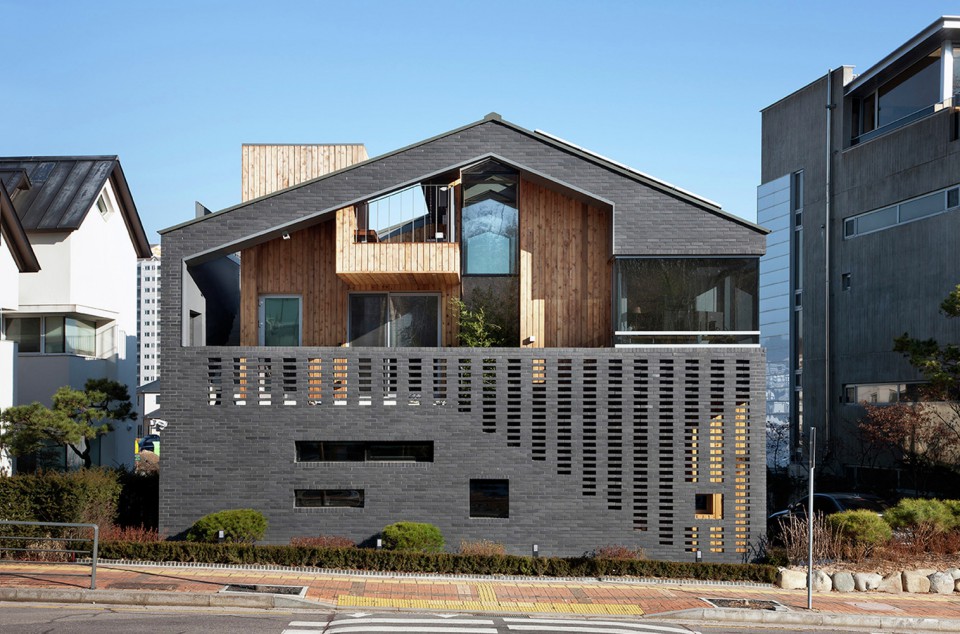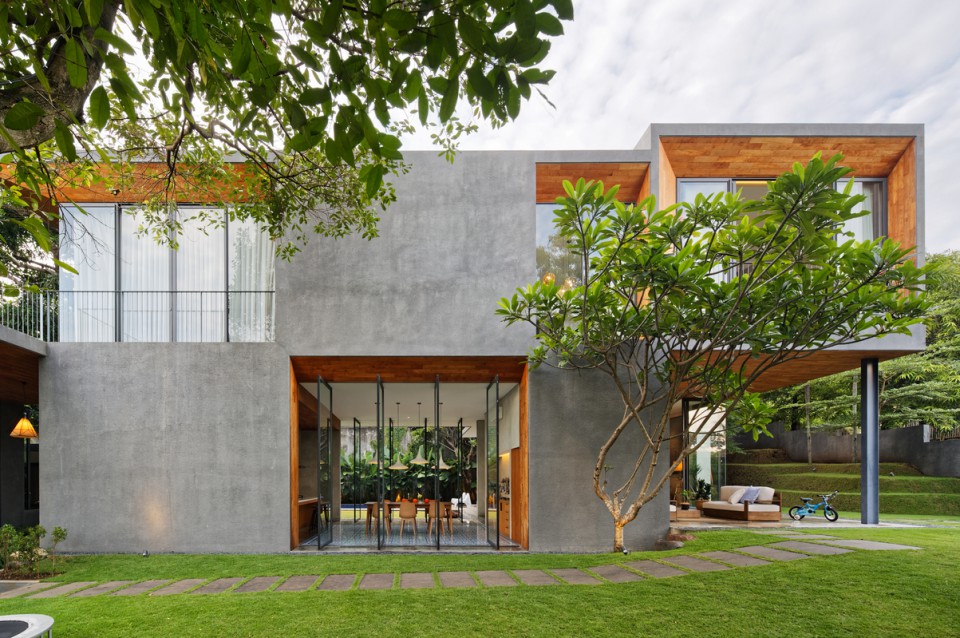The Trendy and Hit "Japandi" Style Homes: Explore the Inspirations
Architectural designs inspired by the Land of the Rising Sun, Japan, have always been a guiding star for contemporary minimalist homes. Despite their simplicity, these designs continue to captivate with functional interiors that accommodate the needs of every family member. Before delving into our references, let's get to know the six most prominent characteristics of Japanese home design:
-
Foundation and Structure: Traditional Japanese home construction begins with a flat foundation of earth or stone, serving as the base for wooden pillars and the primary framework of the building. These homes often have crawlspaces to prevent moisture from the ground.
-
Wooden Framework: The structural framework of Japanese wooden homes consists of vertical columns, horizontal beams, and diagonal supports, with no nails used at all. Japan has developed various complex wood joining techniques.
-
Distinctive Roof: Japanese homes typically feature large roofs with wide eaves. The roofs are sloped and often curved to provide maximum protection throughout the changing seasons.
-
Spacious Verandas: In the past, Japanese homes were always equipped with spacious verandas, similar to modern balconies. These verandas were used to welcome guests and serve as an area to remove shoes before entering the house.
-
Corridor Connectivity: Every room in a Japanese home is connected by corridors, starting from the front door. At the front, the corridor separates the living room from the outermost door, where people remove their shoes before entering the home.
-
Shoji Screens: Room dividers are screens made of paper and wooden frames. Each screen can be repositioned as needed and is used for both partitions and sliding doors.
The Zen philosophy in Japan extends not only to individuals but also to the interior world, giving rise to modern Japanese interior design. The design principles emphasize simplicity and tranquility, aiming to bring focus and peace into modern interiors.
It's no wonder that the concept of Japanese minimalist homes has successfully spread its influence worldwide. The following inspirations demonstrate how the application of Japanese minimalist design concepts can bring Zen tranquility to the homes of its residents. Let's explore some Japandi-style (Japanese-Scandinavian fusion) home design inspirations:
1. The Signature Wood Element
pinterest.com
Wood and bamboo elements are common in Japanese homes because both materials enhance the room's natural appearance. Walls, doors, tables, chairs, and even small decorations are made from real wood. Bamboo is also frequently used for Japanese home décor, both on a large scale as partitions and as room decorations like bamboo sticks.
To add a natural element to your room, start by looking for wooden furniture. Replacing your flooring with wood or tatami can also be an option. Both wood and tatami floors provide a cooling effect in hot weather and warm up the house in colder climates. Moreover, the texture of wood and bamboo is believed to create a sense of calm and comfort in a Japanese home, something you're sure to love!
2. Lighting and Decorations

Japanese home lighting focuses on concentrated or task lighting, often serving as general lighting. Decorative lamps like lanterns also emphasize the distinctive Japanese ambiance. For other decorative elements, wall panels are used as room dividers and are quite common. Their material consists of a combination of vertical and horizontal wood, without excessive ornamentation, making the room unique and not overwhelming.
3. Minimalist Furniture
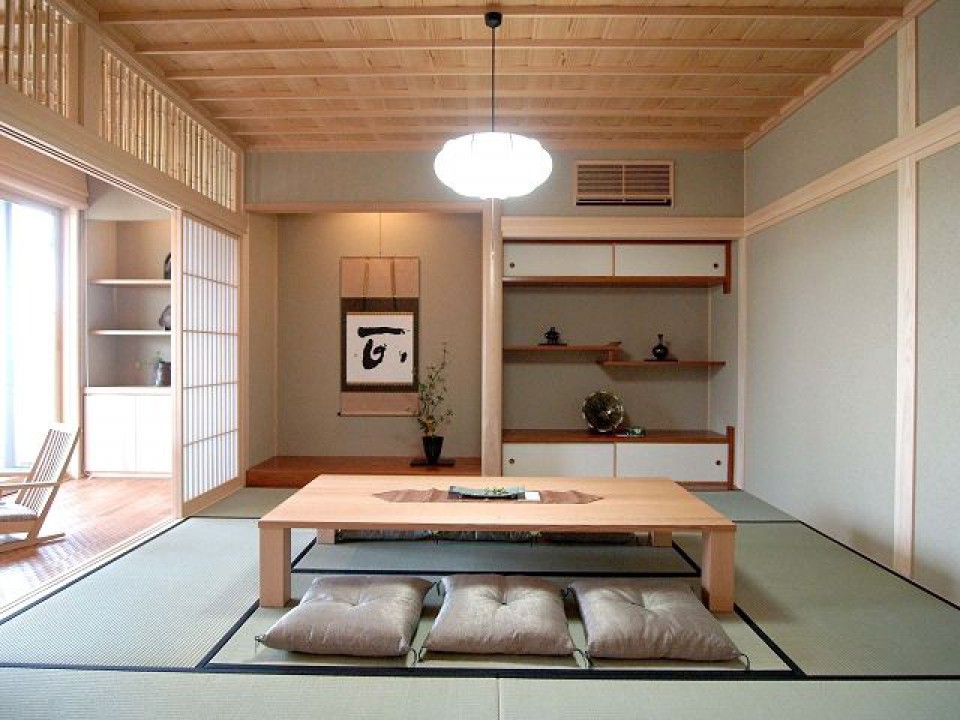
pinterest.com
Simplicity and tranquility are the main features of Japanese home design. Balanced coloring and soft details create the quintessential Japanese interior. With an atmosphere that cools and calms, it's no wonder that you'll feel more at home in a Japanese house like this.
Choose modern furniture made from real wood and arranged symmetrically to achieve the tidy appearance characteristic of Japanese design. Look for small or low-profile furniture to create more empty wall space. Make sure each piece of furniture has a purpose and a proper place. Remember, Japanese home design follows the principle of "less is more"; don't let your home look "full."
4. Embracing Wabi-Sabi Characteristics
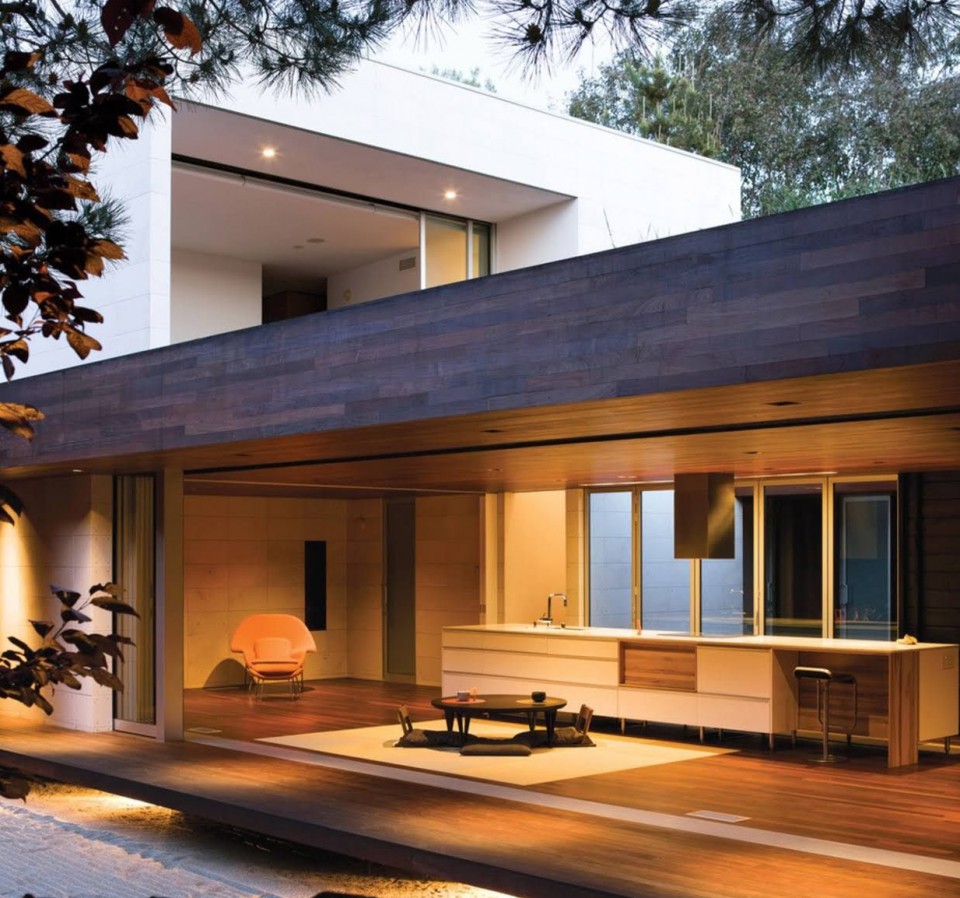
pinterest.com
The philosophy of wabi-sabi is about finding perfection and happiness in imperfection. The Japanese minimalist home we see here is built with "floating" wooden floors and traditional additional spaces or "engawa" in Japanese. This design emphasizes simplicity in everyday life, ensuring comfort.
Another characteristic of Japanese design is open space and natural lighting. Sunlight filling the house adds a natural touch and creates a calming atmosphere. But how can you ensure sunlight enters your home?
Design wide windows in your Japanese home and make sure nothing obstructs them, such as heavy curtains. Instead, you can use transparent curtains or even bamboo curtains to enhance the natural look.
With spacious open spaces inside Japanese homes, sunlight won't make the rooms too hot. Instead, its warm light will spread throughout the room, creating a natural and soothing atmosphere.
5. Neutral Color Palette
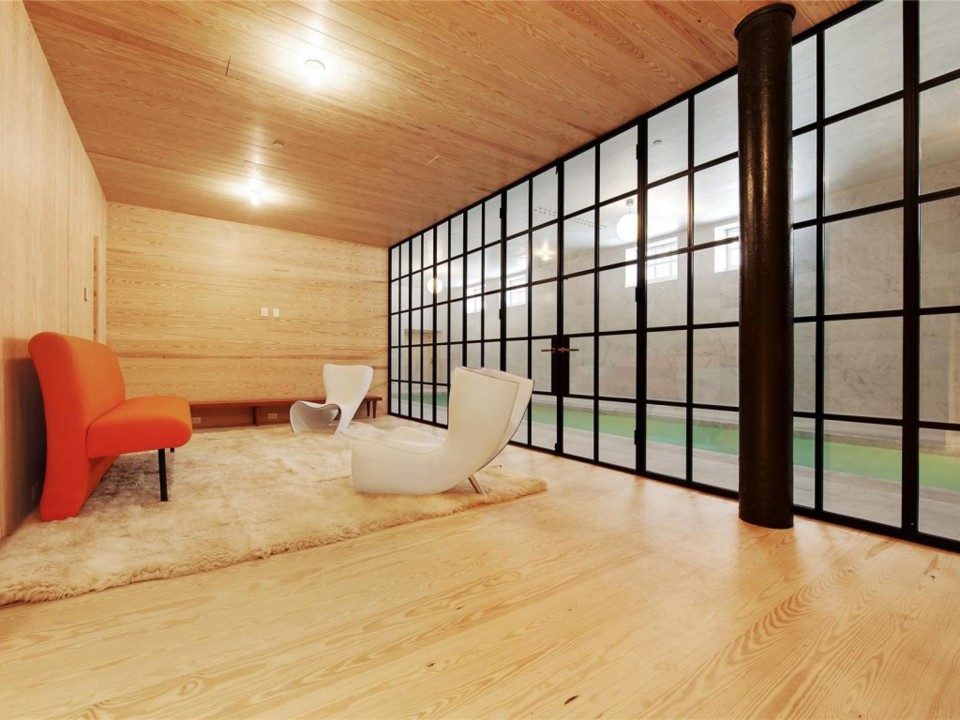
pinterest.com
To maintain the concept of a natural design, Japanese homes use neutral colors that harmonize with nature. Brown or black from wooden elements and green from plants usually dominate the rooms. Japanese homes typically use wooden or gray stone tile floors. As for walls, the most common colors are white, cream, or light brown.
Bright colors are discouraged in Japanese design. Embracing the concept of natural and simple design, neutral colors are crucial to the overall appearance of the room. To overcome the monotony of Japanese homes, you can use darker or bold earthy patterns, such as red or deep orange.
6. Tropical Vibes Inside a Japandi Home

pinterest.com
Japanese home design values closeness and connection with nature. Therefore, it's not surprising that this concept often incorporates natural elements into the interior. Water is one of the essential elements frequently highlighted. An indoor fish pond is usually sufficient to showcase the maximization of this natural element. Additionally, indoor Japanese homes use plants as decorations. Bonsai, which is relatively easy to maintain, is commonly displayed. The presence of plants in this decorative form is believed to represent the principles of simplicity, nature, and greenery.
Upon first glance, Japandi-style homes bear similarities to many other contemporary interior designs that emphasize simplicity, neatness, and minimalism. However, the focus on natural elements and the use of low-height furniture provides a distinctive traditional touch that sets it apart from other designs. Are you now interested in having a Japanese-style home?
Remember to adjust the design to your budget and the character you desire for your home. Hopefully, this article has been useful, and good luck with your design endeavors!


